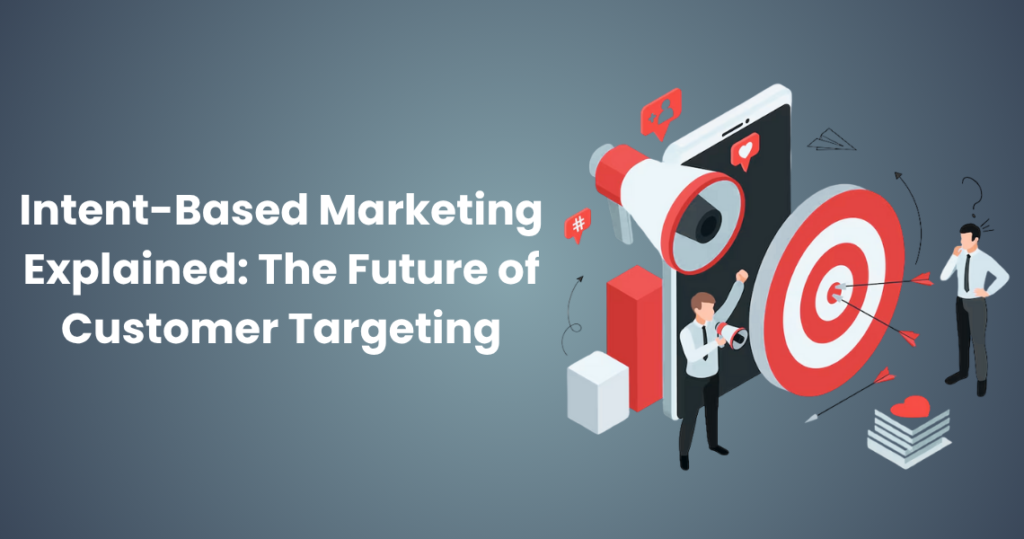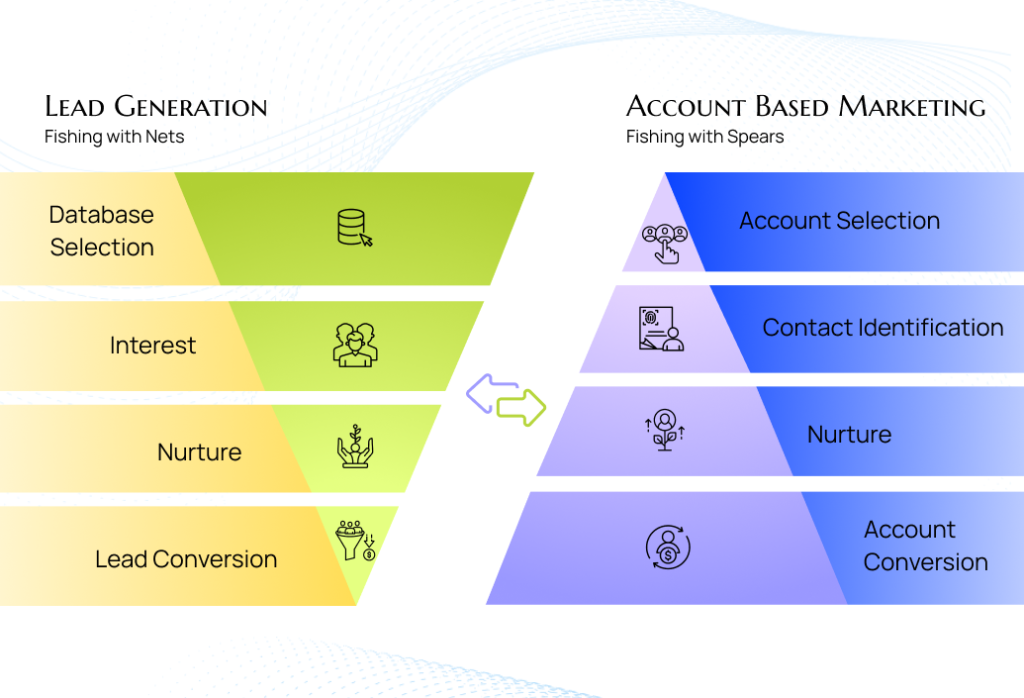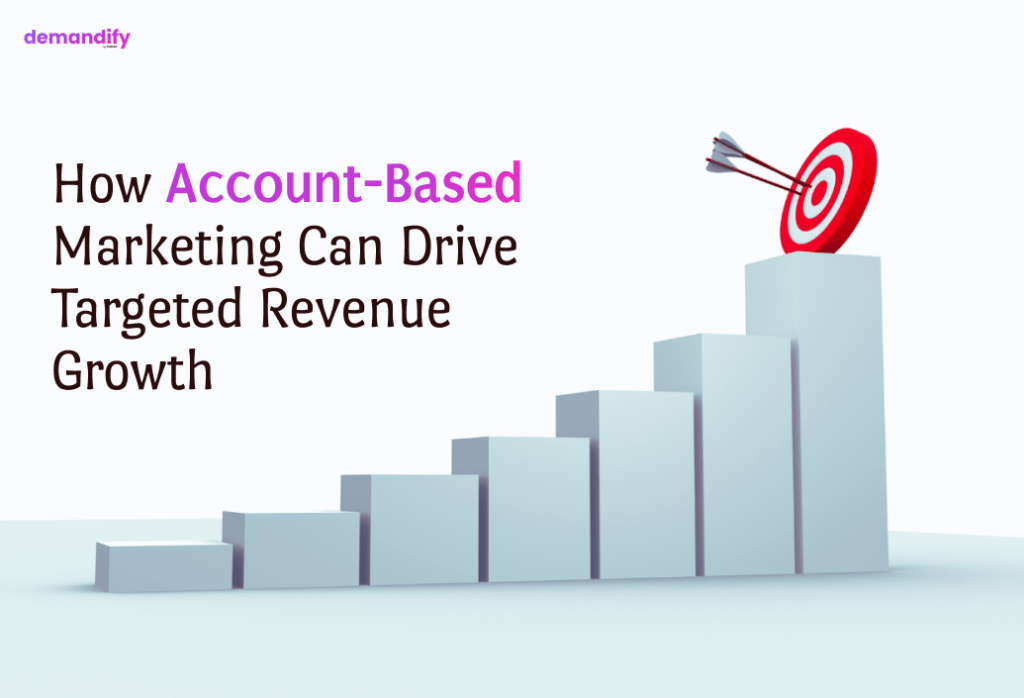
Using Content Syndication to Drive B2B Conversions
In the fast-paced world of B2B marketing, driving qualified leads and conversions is the ultimate goal. One proven strategy to maximize content reach and generate leads is content syndication. By distributing your high-value content to third-party platforms, you can amplify your brand’s visibility, engage new audiences, and drive B2B conversions.
What is Content Syndication?
Content syndication is the process of republishing your content—like blog posts, whitepapers, case studies, and videos—on third-party websites or platforms. This allows you to reach a larger, more targeted audience while leveraging the credibility and traffic of trusted syndication partners.
Why Content Syndication Works for B2B Marketing
For B2B marketers, content syndication is a powerful tool because:
- It helps you connect with decision-makers who are actively searching for solutions.
- It positions your brand as an authority by leveraging reputable platforms.
- It increases traffic, generates high-quality leads, and accelerates conversions.
How to Use Content Syndication to Drive B2B Conversions
1. Identify the Right Content
Not all content is suitable for syndication. Focus on assets that offer value to your B2B audience, such as:
- Whitepapers
- E-books
- Case studies
- Industry reports
- Solution-focused blog posts
High-quality, informative content performs best and attracts decision-makers.
2. Partner with Reputable Platforms
Choose syndication partners or networks that align with your industry and audience. Platforms like Outbrain, Taboola, and LinkedIn are popular for reaching a targeted B2B audience. Industry-specific websites can also yield better-qualified leads.
3. Target the Right Audience
Content syndication works best when you define and target the right audience. Use filters like:
- Job titles (e.g., decision-makers, IT managers)
- Company size
- Industry verticals
- Geographic location
This ensures your content reaches prospects most likely to convert.
4. Add a Clear Call-to-Action (CTA)
Always include a strong call to action in your syndicated content. Whether it’s encouraging readers to download a resource, request a demo, or contact your team, the CTA guides prospects through the next step of their buying journey.
5. Monitor Performance and Optimize
Track the success of your content syndication campaigns using metrics like:
- Lead generation
- Click-through rates
- Cost per lead (CPL)
- Conversion rates
Regularly optimize content placement, messaging, and targeting to improve ROI.
Benefits of Content Syndication for B2B Conversions
- Increased Reach: Your content gets in front of a wider, targeted audience.
- Lead Generation: High-quality leads are driven through trusted channels.
- Improved Brand Authority: Appearing on credible platforms builds trust and credibility.
- Cost-Effective: Compared to other lead generation tactics, syndication delivers excellent ROI.
Conclusion
Content syndication is a powerful strategy to drive B2B conversions by expanding your content’s reach and connecting with decision-makers. By choosing the right content, targeting your ideal audience, and leveraging reputable platforms, you can turn syndicated content into a reliable source of high-quality leads. For B2B marketers looking to scale their efforts, content syndication is a smart and effective solution.









2 COMMENTS
Comments are closed.